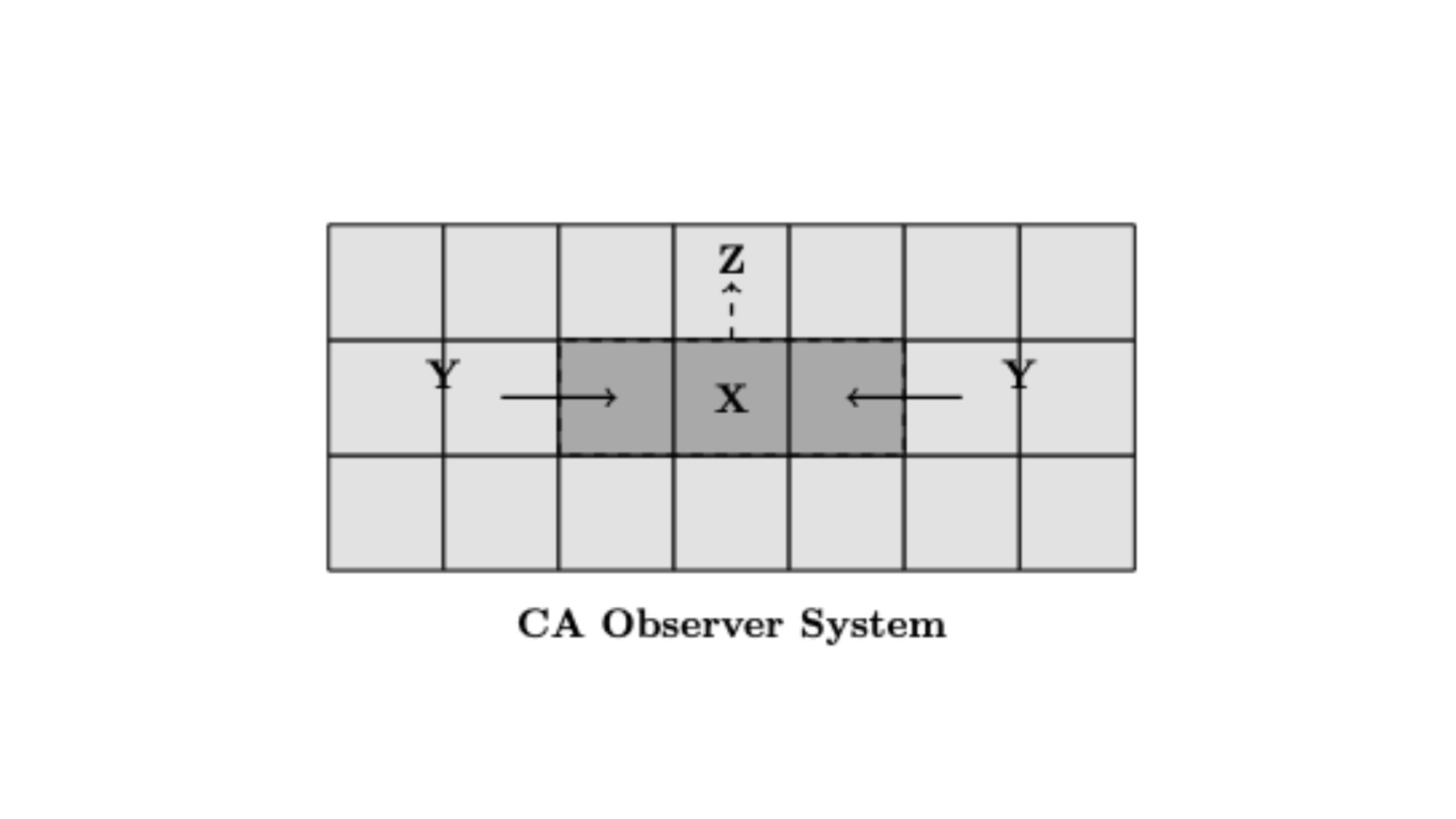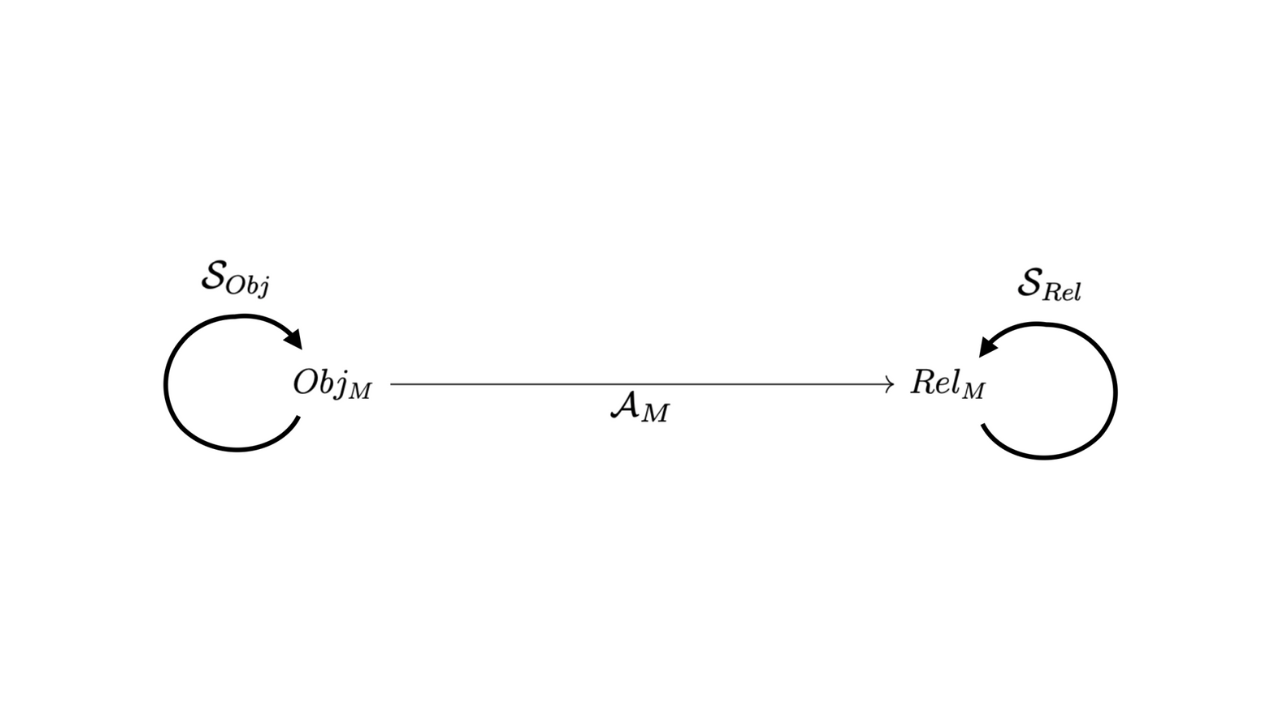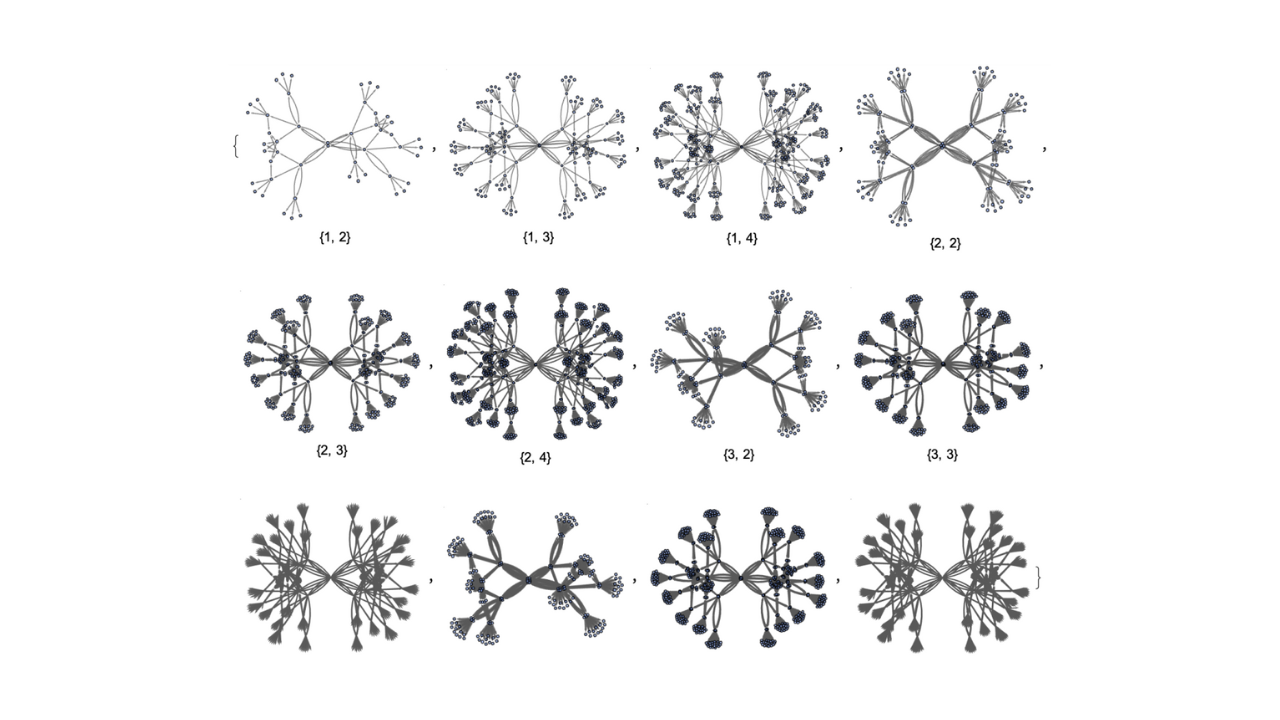Xerxes Arsiwalla

Xerxes is a theoretical physicist. He worked on black holes and string theory during grad school. He did his postdoctoral research in computational neuroscience and complex systems. In addition to fundamental physics, he is interested in the philosophy and foundations of mathematics. He also maintains an interest in the problem of consciousness and intelligence, particularly in mathematical approaches to the mind-body problem.
Research Interests
Homotopy Type Theory
Categorical Semantics
Quantum Field Theory
Nonlinear Dynamical Systems Theory
Information Theory
Computational Neuroscience
Research Output
Dean Rickles, Xerxes D. Arsiwalla, Hatem Elshatlawy
This volume argues that concepts from the theory of computation—including information theory, formal languages, and discrete structures—might provide novel paths towards a solution to the problem of quantum gravity. By combining elements of physics with computer science and mathematics, the volume proposes to transform the foundations of spacetime physics and bring it into the digital age.
Thomas Murff, Xerxes D. Arsiwalla
This work studies upper bounds on the chromatic index of linear, loopless hypergraphs. The first bound is derived using a color-preserving group acting on a properly and minimally edge-colored hypergraph, where the group’s orbits create a finer partition of the coloring. This provides an upper bound on the chromatic index. The following results examine combinatorial properties of hypergraph coloring and outline a possible approach to the Berge–Füredi conjecture, linking the chromatic index to the maximum degree of the associated graph plus one. Three sufficient conditions are also identified for the conjecture to hold, involving the Helly property for hypergraphs.
Hatem Elshatlawy, Xerxes Arsiwalla
A proposal of a formal framework for understanding and unifying the concept of observers across physics, computer science, philosophy, and related fields.
Xerxes D. Arsiwalla, Matthew Kafker
An investigation of the response of a system of hard spheres to two classes of perturbations over a range of densities spanning the fluid, crystalline, and glassy regimes within a molecular dynamics framework.
David Chester, Xerxes D. Arsiwalla, Louis H. Kauffman
Braided ribbon topology for representing Standard Model fermions and their interactions
Xerxes D. Arsiwalla
This work explores the hypothesis that subjectively attributed meaning constitutes the phenomenal content of conscious experience. This form of subjective meaning manifests as an intrinsic and non-representational character of qualia.
Carlos Zapata-Carratalá, Xerxes D. Arsiwalla
Exploration of a wide range of higher-order phenomena across multiple disciplines and the preliminary application of hypergraph and hypermatrix methods.
Xerxes D. Arsiwalla, David Chester, Louis H. Kauffman
We investigate operator algebraic origins of the classical Koopman–von Neumann wave function $\psi_{KvN}$ as well as the quantum-mechanical one $\psi_{QM}$. In particular $\psi_{KvN}$, and $\psi_{QM}$ are both consequences of this pre-quantum formalism. What this suggests is that neither the Schrödinger equation nor the quantum wave function are fundamental structures.
Dean Rickles, Hatem Elshatlawy, Xerxes D. Arsiwalla
Physical laws arise from the sampling of the Ruliad by observers (including us). This naturally leads to several conceptual issues, such as what kind of object is the Ruliad? What is the nature of the observers carrying out the sampling, and how do they relate to the Ruliad itself? What is the precise nature of the sampling? This paper provides a philosophical examination of these questions, and other related foundational issues, including the identification of a limitation that must face any attempt to describe or model reality in such a way that the modeller-observers are included.
Carlos Zapata-Carratalá, Maximilian Schich, Taliesin Beynon, Xerxes D. Arsiwalla
Hypergraph and hypermatrix methods are applied to detect irreducible interactions in higher-order systems.










